Pololu 5V Step-Up/Step-Down Voltage Regulator S9V11F5
In stock, ships same business day if ordered before 2PM
Fastest delivery: Tomorrow*
Disclaimer:
For next-day delivery, the shipping address must
be in the AusPost next-day network, eParcel Express must be selected, and the order must be placed
before 2PM AEST Mon-Thurs excluding NSW Public Holidays. Orders may be delayed due to AusPost
pickup timings and order verifications. eParcel Express is typically a 1-day service within the
AusPost next-day network, though it is sometimes 2+ days.
Quantity Discounts:
- 10+ $20.20 (exc GST)
- 25+ $19.57 (exc GST)
 |
The S9V11x family of efficient switching regulators (also called switched-mode power supplies (SMPS) or DC-to-DC converters) use a buck-boost topology to convert both higher and lower input voltages to a regulated output voltage. They take input voltages from 2 V to 16 V and increase or decrease them as necessary, offering a typical efficiency of over 85% and a typical output current of up to 1.5 A. The flexibility in input voltage offered by this family of regulators is especially well-suited for battery-powered applications in which the battery voltage begins above the regulated voltage and drops below as the battery discharges. Without the typical restriction on the battery voltage staying above the required voltage throughout its life, new battery packs and form factors can be considered.
The different members of this family offer different output voltage options, from fixed voltages with selectable alternatives to adjustable voltages that can be set anywhere between 2.5 V and 9 V using a precision 11-turn potentiometer. Some versions also have an adjustable low-voltage cutoff that can be set anywhere in the 2 V to 16 V output voltage range and used to prevent your battery from over-discharging. This is particularly useful for battery chemistries that can be damaged when over-discharged, including Li-ion and LiPo. The chart below lists all the regulators in the S9V11x family along with the key features of each version:
 | 2.5 V – 9 V (fine-adjust) | |
 | 3.3 V (5 V selectable) | fine-adjust |
 | 3.3 V (5 V selectable) | 3 V (fixed) |
 | 0.3" × 0.45" × 0.15"1 | |
| Weight: | 0.5 g1 |
|---|
General specifications
| Minimum operating voltage: | 2 V2 |
|---|---|
| Maximum operating voltage: | 16 V |
| Maximum output current: | 1.5 A3 |
| Output voltage: | 5 V |
| Reverse voltage protection?: | N |
| Maximum quiescent current: | 0.2 mA4 |
Identifying markings
| PCB dev codes: | reg20a |
|---|---|
| Other PCB markings: | 0J10393 |
Notes:
- 1
- Without included optional headers.
- 2
- Note: the minimum startup voltage is 3V, but the regulator can operate down to 2V after startup.
- 3
- Under typical conditions, where the input voltage is close to the output voltage. Maximum output current can be higher when stepping down and lower when stepping up.
- 4
- With no load. Actual quiescent current depends on input voltage; it is typically under 100 µA for input voltages less than 7 V.
File downloads
-
Dimension diagram of the Pololu 5V Step-Up/Step-Down Voltage Regulator S9V11F5 (138k pdf)
-
3D model of the Pololu 5V Step-Up/Step-Down Voltage Regulator S9V11F5 (3MB step)
-
Drill guide for the Pololu 5V Step-Up/Step-Down Voltage Regulator S9V11F5 (16k dxf)
This DXF drawing shows the locations of all of the board’s holes.
Exact shipping can be calculated on the view cart page (no login required).
Products that weigh more than 0.5 KG may cost more than what's shown (for example, test equipment, machines, >500mL liquids, etc).
We deliver Australia-wide with these options (depends on the final destination - you can get a quote on the view cart page):
- $3+ for Stamped Mail (typically 10+ business days, not tracked, only available on selected small items)
- $7+ for Standard Post (typically 6+ business days, tracked)
- $11+ for Express Post (typically 2+ business days, tracked)
- Pickup - Free! Only available to customers who live in the Newcastle region (must order online and only pickup after we email to notify you the order is ready). Orders placed after 2PM may not be ready until the following business day.
Non-metro addresses in WA, NT, SA & TAS can take 2+ days in addition to the above information.
Some batteries (such as LiPo) can't be shipped by Air. During checkout, Express Post and International Methods will not be an option if you have that type of battery in your shopping cart.
International Orders - the following rates are for New Zealand and will vary for other countries:
- $12+ for Pack and Track (3+ days, tracked)
- $16+ for Express International (2-5 days, tracked)
If you order lots of gear, the postage amount will increase based on the weight of your order.
Our physical address (here's a PDF which includes other key business details):
40 Aruma Place
Cardiff
NSW, 2285
Australia
Take a look at our customer service page if you have other questions such as "do we do purchase orders" (yes!) or "are prices GST inclusive" (yes they are!). We're here to help - get in touch with us to talk shop.
Have a product question? We're here to help!
Videos
View AllGuides
PiicoDev Magnetometer- Getting Started Guide
The Maker Revolution
How to Use DC Regulators/Converters
Powering Portable Projects: Batteries
Projects
Wireless QI Phone Charger Powered by Raspberry Pi
mmPi-Pico HAT
Solar Charging Station
Makers love reviews as much as you do, please follow this link to review the products you have purchased.

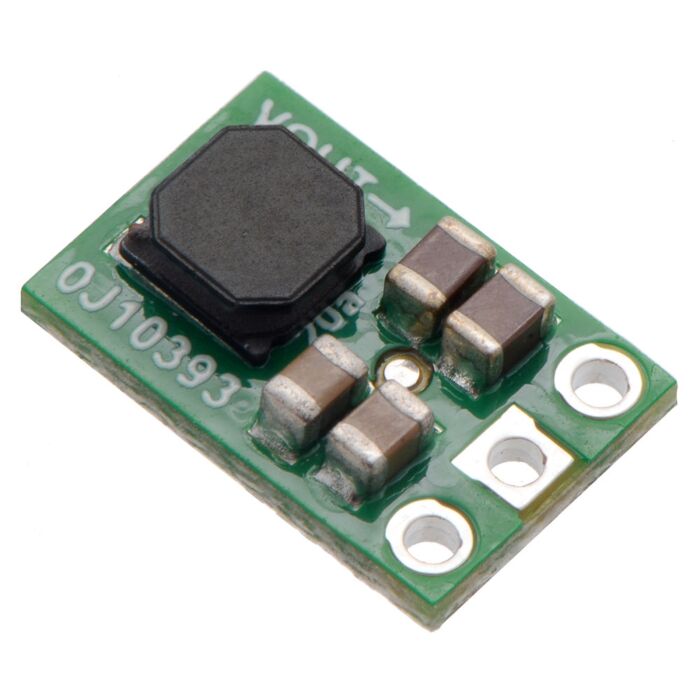


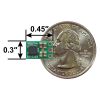


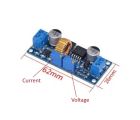

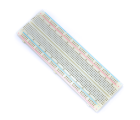


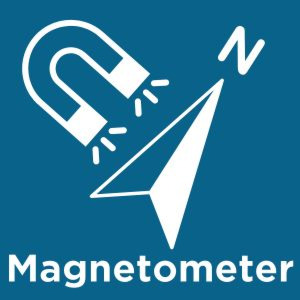


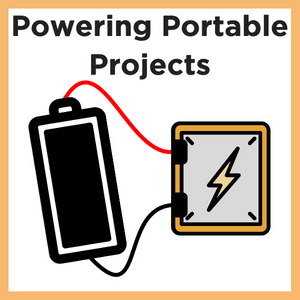
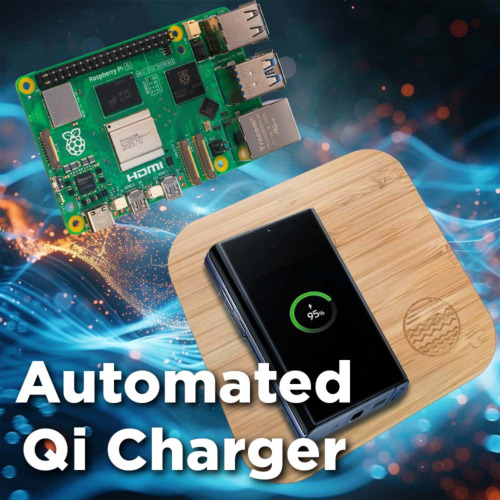
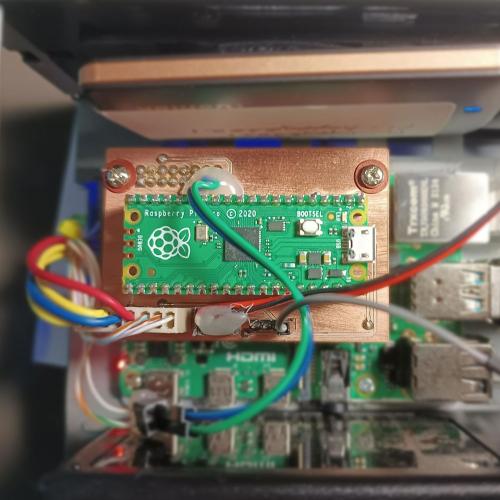


Product Comments